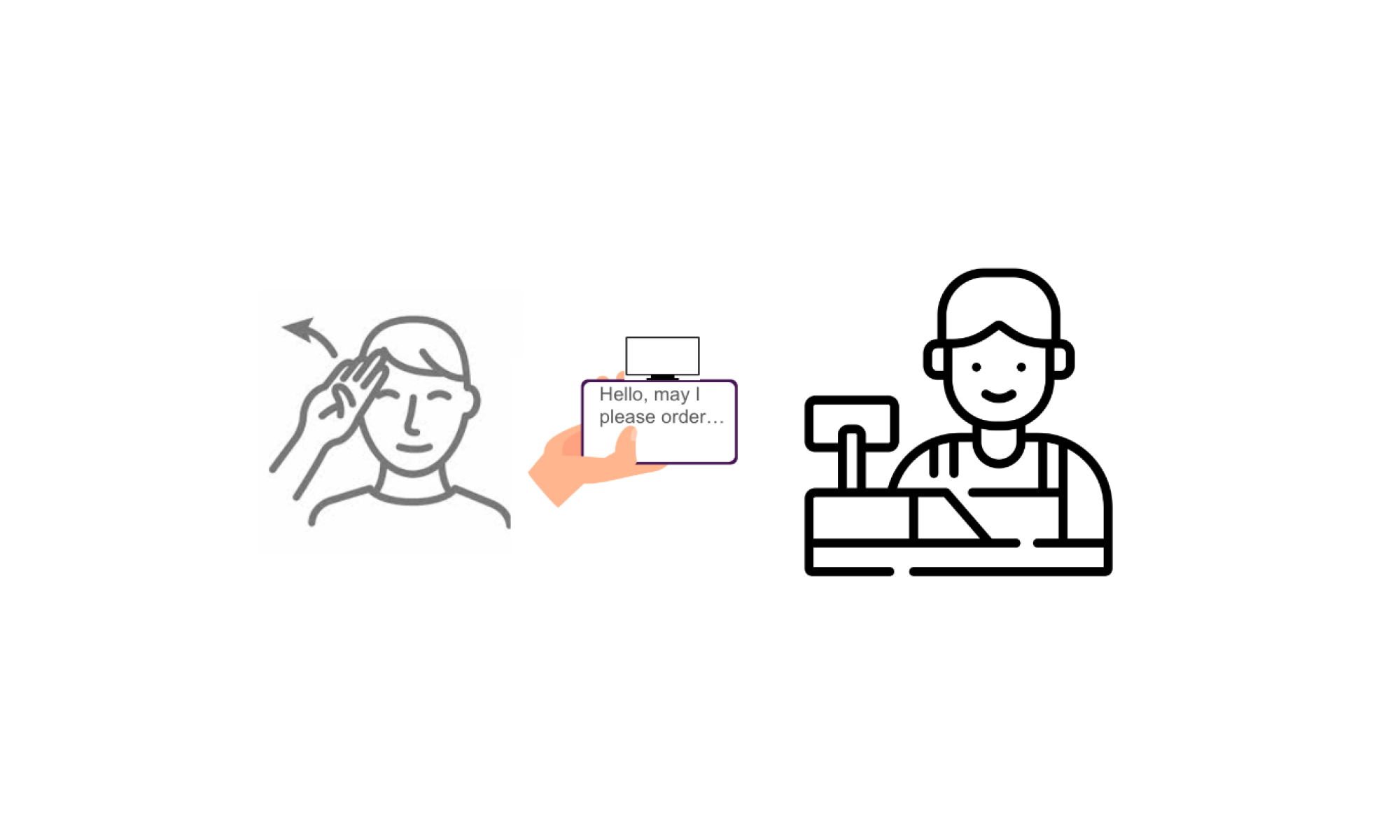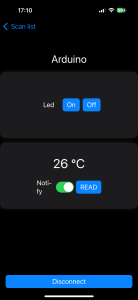Progress
Because of our team’s shift in solution approach from mobile app to web app, I have been adapting and rewriting code for the Arduino to implement bluetooth functionality with a webpage. With a general HTML, CSS, and Typescript setup, the demo website has been able to connect and control over BLE the Arduino unit. Textbox input has been added and tested to write sentences from the web app to the OLED screen via the Arduino. I’ve also been trying to transplant the necessary and appropriate demo web app components into our actual project web app. However, I’m facing similar issues and difficulties with trying to run our python scripts because my virtual environments and modules I download continue to be incompatible. Despite downgrading versions and installing appropriate elements, it does not work and so, I will be developing the bluetooth features so that they can be easily transferred into the web app with my team members.
The 3D case and attachment to the phone is currently underway. The design was completed and printing is in progress.
Next Steps
I will be retrieving the completed 3D print and incorporating the hardware parts into it to create the complete physical product of our project. I will also be trying to further accomplish and refine the text transmission over bluetooth between the Arduino and our web app, and assist with frontend if necessary.
With team members, we will be pushing into testing stages to ensure our product meets our use case and design requirements. We plan to have surveys to measure user satisfaction and other methods that verify our project.
Additional Prompt
To operate CAD software to import and configure models, I had to watch guidance videos provided by the program’s company to develop the final attachment. I also had to read documentation for the Web Bluetooth API to understand how a web app can implement BLE functions and pair with external devices such as an Arduino in addition to transmitting and receiving data from the Arduino. Forums such as Stack Overflow and Chrome For Developer’s articles about communicating with bluetooth devices over Javascript helped solidify my understandings.



